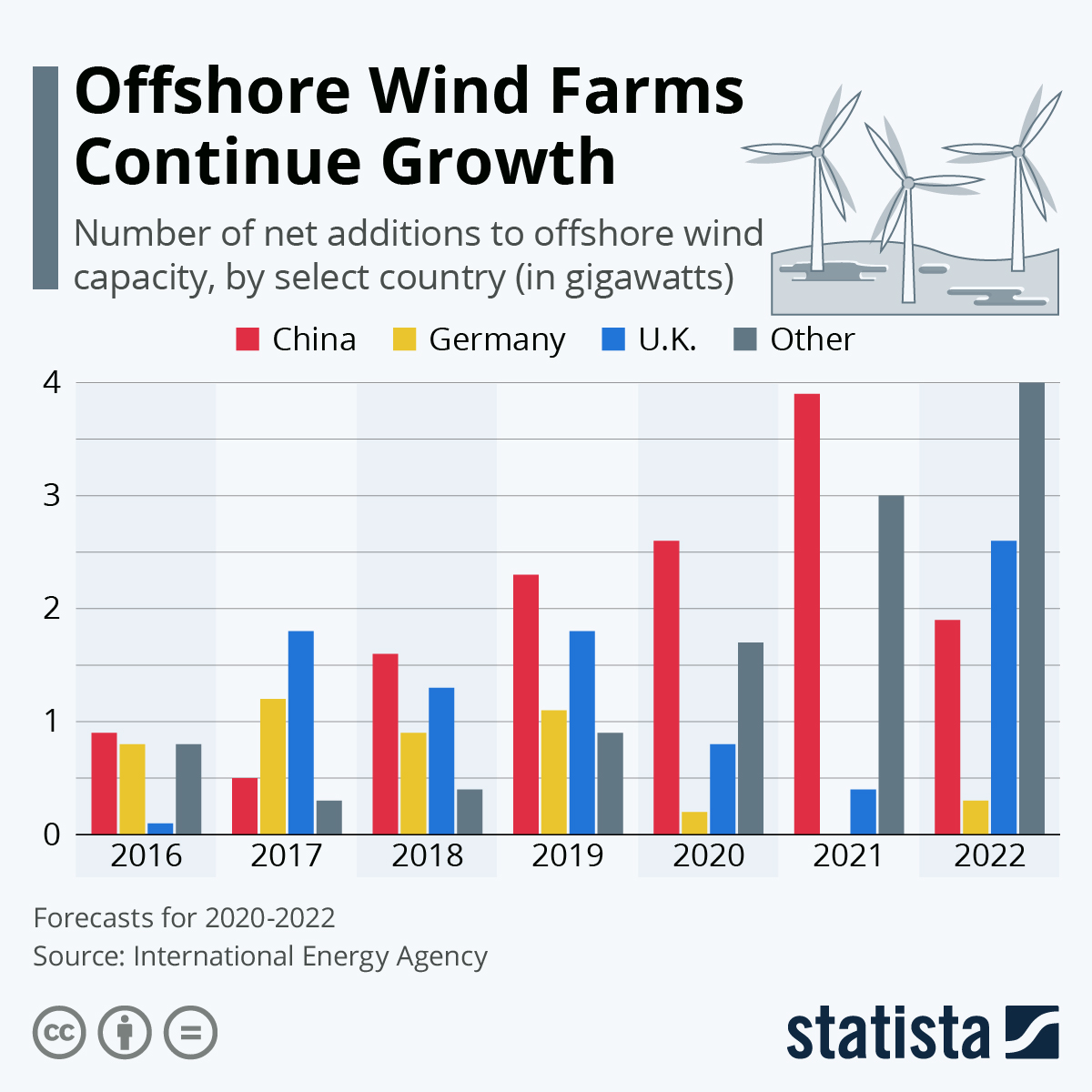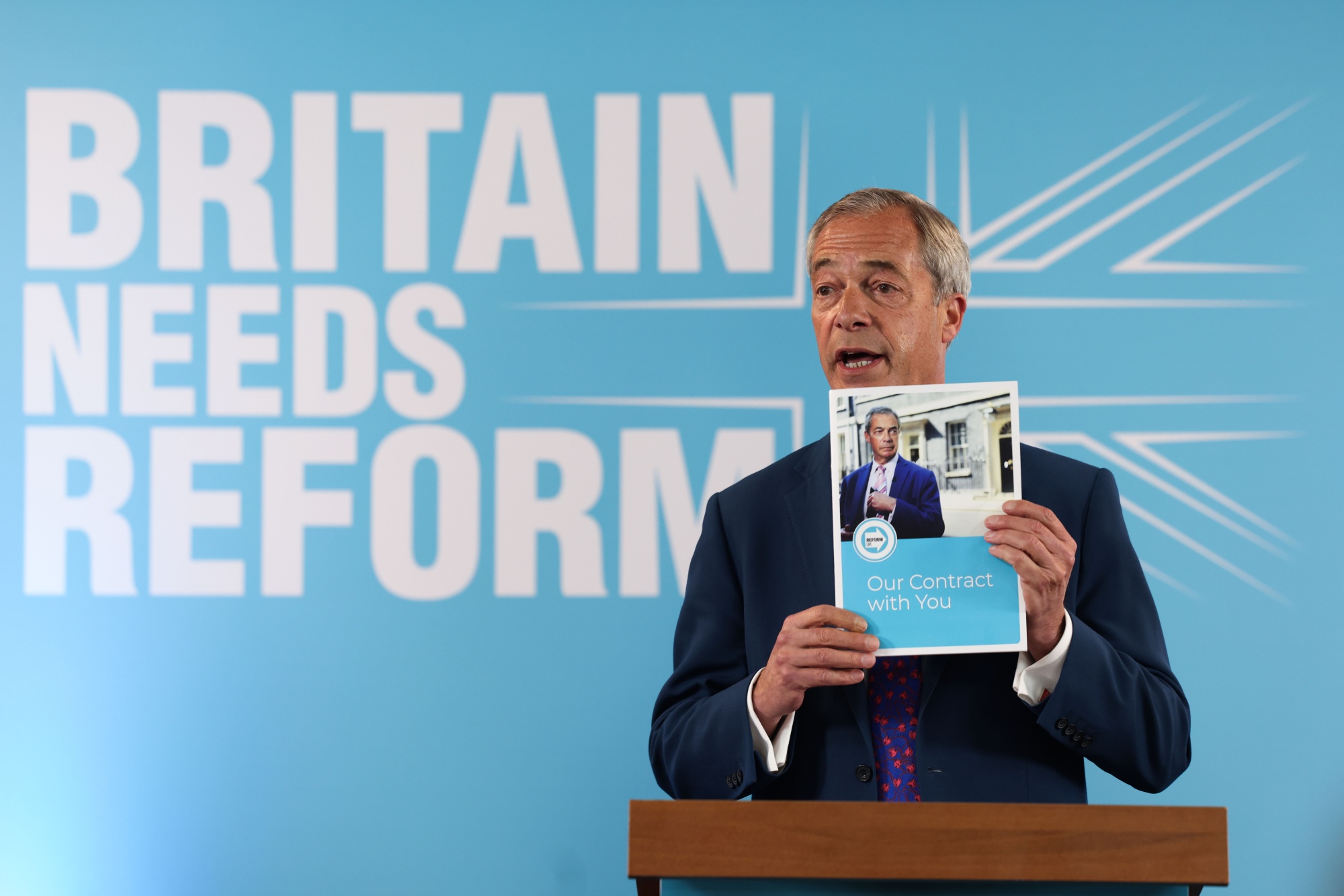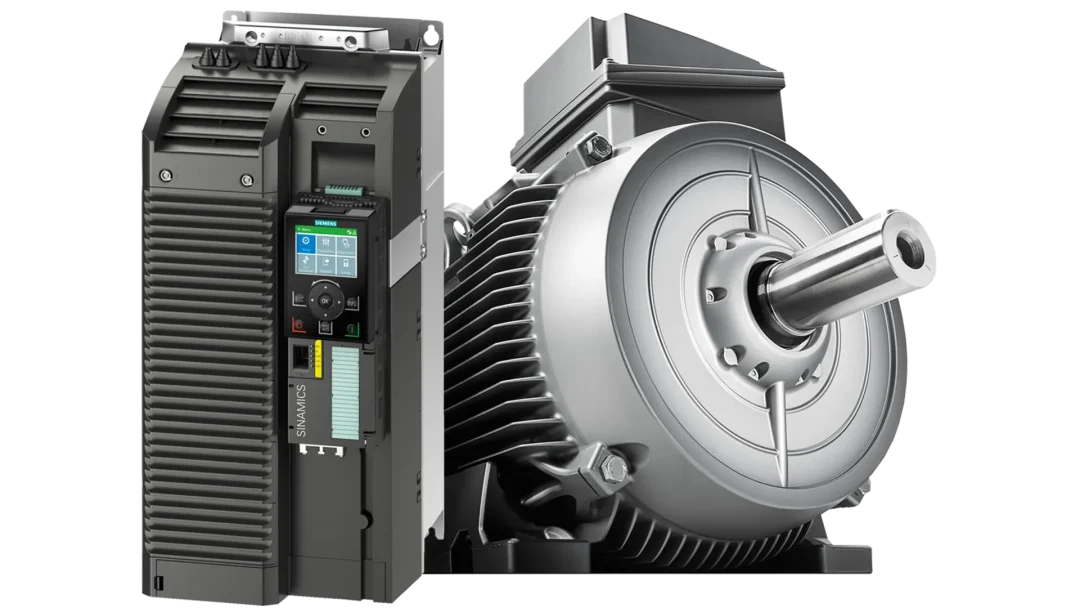Expensive Offshore Wind Farms: A Shift In Industry Sentiment

Table of Contents
Soaring Capital Expenditures in Offshore Wind Projects
The cost of building offshore wind farms has skyrocketed in recent years, raising serious concerns about the long-term viability of this renewable energy technology. Several key factors contribute to this alarming trend.
Increased Material and Component Costs
The price increases of raw materials are significantly impacting project budgets. Steel, concrete, and specialized equipment, particularly wind turbines and their foundations, have seen dramatic price hikes.
- Steel: Global steel prices have fluctuated wildly, impacting the cost of turbine towers and foundations. A 20% increase in steel prices can translate to millions of dollars added to a single project.
- Concrete: The massive concrete structures needed for offshore foundations are also significantly more expensive due to increased cement and aggregate costs. Transportation costs further exacerbate this issue.
- Turbines and Specialized Equipment: The cost of wind turbines themselves has risen due to increased demand and supply chain disruptions. Specialized installation vessels and equipment also contribute to the overall cost.
Supply chain disruptions, exacerbated by geopolitical instability and the COVID-19 pandemic, have created price volatility and made accurate cost forecasting extremely challenging. This uncertainty adds another layer of complexity to already ambitious projects.
The Complexity of Offshore Construction & Installation
Offshore wind farm construction presents unique challenges compared to onshore projects. The harsh marine environment demands specialized equipment and skilled labor, significantly increasing costs.
-
Specialized Vessels: The use of specialized vessels for transportation, installation, and maintenance adds a significant cost to offshore wind farm development. These vessels require highly trained crews and considerable upkeep.
-
Skilled Labor: The demanding nature of offshore work requires highly skilled technicians, engineers, and divers, increasing labor costs. The specialized training required further elevates these expenses.
-
Logistical Hurdles: Transportation of materials and equipment to offshore locations presents significant logistical challenges, often involving multiple vessels and intricate coordination. Weather delays are frequent, leading to project overruns and added costs.
-
Unforeseen Technical Challenges: Unexpected technical difficulties during construction and installation are common and can cause substantial delays and cost overruns. These unforeseen challenges often require specialized solutions, further inflating expenses.
Permitting and Regulatory Hurdles
The lengthy and complex permitting processes associated with offshore wind farm development add substantial costs and delays.
- Environmental Impact Assessments: Comprehensive environmental impact assessments are mandatory, requiring extensive studies and consultations with various stakeholders. This process can take years and consume significant resources.
- Stakeholder Consultations: Extensive consultations with local communities, fishing industries, and other stakeholders are necessary, adding time and cost to the development process.
- Increasing Regulatory Scrutiny: The increased regulatory scrutiny aiming to minimize environmental impact further adds to the complexity and cost of obtaining permits. This often involves multiple layers of government approval, extending the timeline considerably.
The Impact of Rising Costs on Investment and Project Viability
The escalating costs of offshore wind projects are having a profound impact on investment decisions and the overall viability of these ventures.
Investor Concerns and Risk Assessment
The increased uncertainty and financial risks associated with offshore wind projects are causing investor hesitation.
- Project Uncertainties: The unpredictable nature of material costs, construction timelines, and regulatory processes increases the overall risk for investors.
- Fluctuating Energy Prices: Fluctuations in energy prices and the need for long-term contracts impact the return on investment for offshore wind projects.
- Government Subsidies: The level of government support and subsidies plays a crucial role in project feasibility, with reduced subsidies leading to increased investor risk. Robust risk mitigation strategies are becoming increasingly critical to secure investment.
Challenges to Achieving Renewable Energy Targets
High costs threaten the ability of nations to meet their ambitious renewable energy targets.
- Delayed Project Timelines: Cost overruns and delays directly impact the deployment of new capacity, potentially hindering the achievement of renewable energy goals.
- Reduced Overall Capacity: The high cost of offshore wind may limit the overall capacity that can be deployed, compromising the effectiveness of decarbonization strategies.
- Cost-Effectiveness Compared to Other Renewables: The economic competitiveness of offshore wind needs to be carefully assessed against other renewable energy sources, such as onshore wind and solar, which are often more cost-effective in certain regions.
The Need for Cost-Effective Solutions
To overcome these challenges, the industry urgently needs innovative solutions to reduce costs and improve project viability.
- Innovative Technologies: Advancements in turbine design, foundation technologies, and installation methods are crucial to reducing construction time and costs.
- Economies of Scale: Larger-scale projects and standardization of components can help leverage economies of scale and reduce costs.
Exploring Potential Solutions and Future Outlook
Addressing the challenges of expensive offshore wind farms requires a multi-pronged approach focusing on technological advancements, improved project management, and supportive government policies.
Technological Advancements and Innovation
Technological breakthroughs are key to reducing the cost of offshore wind energy.
- Floating Offshore Wind: Floating offshore wind technology opens up new areas for development, potentially reducing costs associated with seabed conditions.
- Subsea Cable Technology: Advancements in subsea cable technology and installation methods can significantly decrease transmission costs.
These advancements promise to reduce costs by streamlining construction processes and improving efficiency.
Improved Project Management and Risk Mitigation
Efficient project management and effective risk mitigation strategies are essential.
- Optimized Project Planning: Meticulous planning, including thorough site surveys and detailed cost estimations, is crucial for minimizing delays and cost overruns.
- Efficient Supply Chain Management: Streamlining supply chains and securing reliable sources for materials can help mitigate price volatility and delays.
- Weather-Related Delays: Improved weather forecasting and contingency planning can help minimize the impact of weather-related delays.
Policy Support and Government Incentives
Supportive government policies and incentives are crucial for creating a favorable environment for offshore wind development.
- Streamlined Permitting Processes: Reducing bureaucratic hurdles and streamlining permitting processes can significantly reduce delays and costs.
- Targeted Subsidies: Well-designed subsidy programs can help offset the high initial investment costs and make projects more financially attractive.
- Research and Development Funding: Continued investment in research and development is vital to drive innovation and reduce the cost of offshore wind technology.
Conclusion
The escalating costs of expensive offshore wind farms present a significant challenge to the industry's growth and the global transition to renewable energy. While the environmental benefits are undeniable, addressing the high capital expenditures through technological innovation, improved project management, and supportive government policies is crucial for ensuring the long-term viability and scalability of this crucial renewable energy source.
Call to Action: Understanding the complexities behind the rising costs of expensive offshore wind farms is essential for navigating the future of renewable energy. By fostering innovation, streamlining regulations, and implementing effective cost-reduction strategies, we can unlock the true potential of offshore wind power and ensure a sustainable energy future. Let's work together to find solutions to make offshore wind farm projects more affordable and accessible, thereby accelerating the transition to a cleaner, greener energy future.

Featured Posts
-
 Nigel Farages Reform Party A Crucial Uk Local Election Test
May 03, 2025
Nigel Farages Reform Party A Crucial Uk Local Election Test
May 03, 2025 -
 Eneco Johnson Controls And Innomotics Unveiling The Largest Heat Pump System
May 03, 2025
Eneco Johnson Controls And Innomotics Unveiling The Largest Heat Pump System
May 03, 2025 -
 Fabio Christen Se Impone En La 45 Vuelta A La Region De Murcia
May 03, 2025
Fabio Christen Se Impone En La 45 Vuelta A La Region De Murcia
May 03, 2025 -
 Office365 Data Breach Nets Hacker Millions Federal Investigation Reveals
May 03, 2025
Office365 Data Breach Nets Hacker Millions Federal Investigation Reveals
May 03, 2025 -
 Underrated 2024 Game Heads To Ps Plus This Month
May 03, 2025
Underrated 2024 Game Heads To Ps Plus This Month
May 03, 2025
